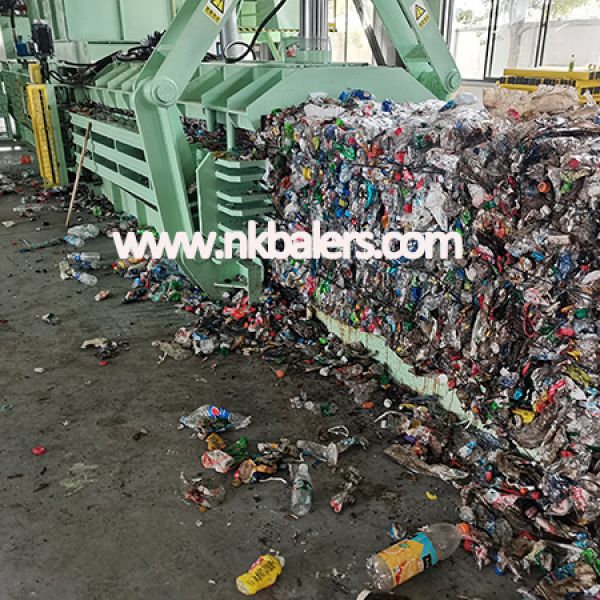Can plastic be baled?
Release time: 2024-02-23 sentiment:52 time
Plastic can be baled. Baling is a process of compressing materials into a compact, rectangular shape to facilitate storage and transportation. Plastic baling is commonly done with plastic films, such as polyethylene or polypropylene, which are used in various industries for packaging, agriculture, and other applications.
The baling process for plastic typically involves the following steps:
1. Collection: Plastic films are collected from various sources, such as manufacturing facilities, recycling centers, or agricultural operations.
2. Cleaning: The collected plastic films are cleaned to remove dirt, debris, and other contaminants that may affect the quality of the final product.
3. Shredding: The cleaned plastic films are shredded into small pieces to facilitate the baling process.
4. Compression: The shredded plastic is compressed using a baler, which applies high pressure to compact the material into a dense, rectangular shape. This not only reduces the volume of the plastic but also makes it easier to handle and transport.
5. Binding: Once compressed, the plastic bales are bound with wire or strapping to maintain their shape during storage and transportation.
6. Shipping: The plastic bales are then shipped to recycling facilities, where they are further processed into new plastic products.

Plastic baling is an important step in the recycling process, as it helps to reduce waste and conserve resources. By baling plastic films, manufacturers and recyclers can save money on transportation costs, reduce storage space requirements, and improve the overall efficiency of the recycling process. Additionally, plastic baling helps to minimize environmental pollution by keeping plastic out of landfills and oceans, where it can cause harm to wildlife and ecosystems.

